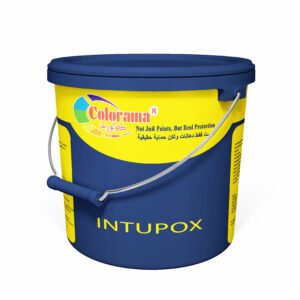Fire Proofing Coatings
Fire proofing coatings
are special types of coatings that protect structural steel and other materials from fire damage. They are designed to increase the fire resistance of the coated surfaces by delaying the time to reach the critical temperature that would cause them to collapse or fail. HE are also known as fire protective coatings, intumescent coatings, or passive fire protection coatings.
HE work by forming a thick layer of foam or char when exposed to high temperatures. This layer acts as a thermal barrier that insulates the underlying material from the heat of the fire. The foam or char also reduces the oxygen supply to the surface, preventing further combustion. Fire proofing coatings can provide fire protection for up to four hours, depending on the product and the application.
HE are used in various industries and applications, such as oil and gas, petrochemical, power generation, transportation, construction, and civil engineering. They are applied to steel structures, pipes, tanks, vessels, cables, ducts, and other equipment that are exposed to fire hazards. Fire proofing coatings can also protect assets from cryogenic spills, which can cause thermal shock and damage to steel structures.
HE are classified into different types based on the type of fire they are designed to resist. The most common types are:
- Cellulosic: These coatings are designed to protect against fires that involve ordinary combustible materials, such as wood, paper, textiles, and plastics. These fires are characterized by a relatively low heat output and a slow growth rate. Cellulosic fire proofing coatings typically swell up to 50 times their original thickness when exposed to fire.
- Hydrocarbon : These coatings are designed to protect against fires that involve flammable liquids and gases, such as oil, gasoline, diesel, and propane. These fires are characterized by a high heat output and a rapid growth rate. Hydrocarbon fire proofing coatings typically swell up to 25 times their original thickness when exposed to fire.
- Cryogenic : These coatings are designed to protect against fires that involve extremely low temperatures, such as liquid nitrogen or liquefied natural gas. These fires can cause severe thermal shock and cracking of steel structures. Cryogenic fire proofing coatings typically do not swell when exposed to fire, but rather form a hard and dense layer of char that resists thermal shock.
Showing all 3 results


